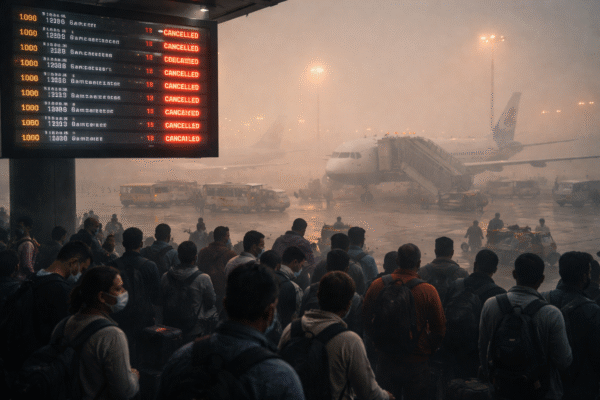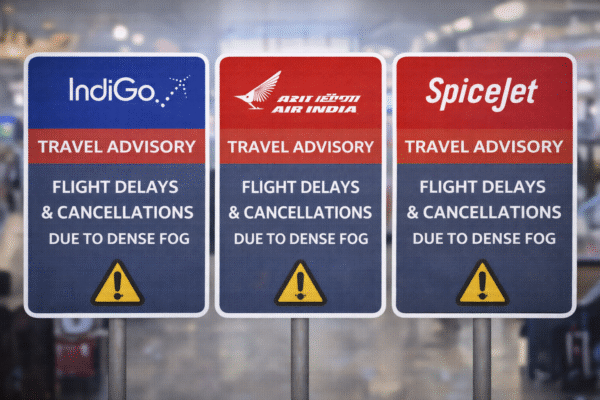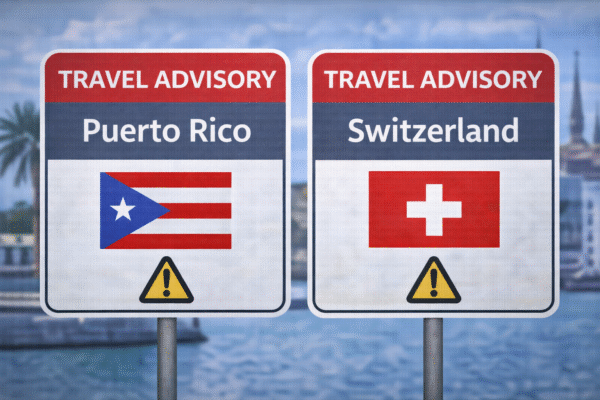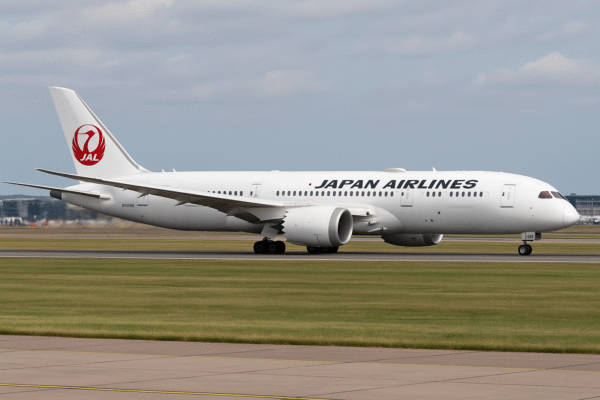In a mid-air emergency that disrupted one of Japan Airlines’ key intercontinental routes, flight JL42 from London Heathrow to Tokyo Haneda was forced to return shortly after takeoff on July 31 due to a technical failure aboard a Boeing 787-9 Dreamliner. The aircraft, registered JA840J, had departed runway 27L at 09:33 BST but aborted its transcontinental journey following a flap malfunction that prevented it from ascending beyond 10,000 feet.
Flap Malfunction Prompts Emergency Response
According to Japan Airlines and Heathrow Airport sources, the aircraft encountered a flap system failure within minutes of takeoff. Flaps are critical for controlling lift during climb and descent. After receiving alerts from onboard systems, the flight crew made the decision to halt the climb and hold position over the English Channel, maintaining altitude to assess the situation while coordinating with London air traffic control.
Controlled Fuel Dump Ensures Safe Return
To safely return to Heathrow, the aircraft conducted a controlled fuel dump—a routine emergency protocol to reduce the landing weight of a long-haul aircraft. Designed for ultra-long-distance travel, the Boeing 787 was fully fueled for the 11-hour journey to Tokyo. Fuel was jettisoned over the southern coast of England before the aircraft turned back.
The return to Heathrow was completed at approximately 11:17 BST, one hour and 44 minutes after departure. Emergency response teams were on standby but did not need to intervene. All 200+ passengers and crew disembarked safely. No injuries were reported.
Flight Cancellation and Passenger Support
Japan Airlines promptly cancelled the JL42 flight upon landing and began organizing rebooking and accommodation for affected travelers. Passengers were informed of the delay and provided assistance by ground staff. The airline is expected to arrange a replacement flight once the Dreamliner undergoes technical inspection and maintenance clearance.
In a public statement, Japan Airlines emphasized its commitment to passenger safety and international standards compliance, adding that “all actions were taken in accordance with emergency flight operation protocols.”
Summer Travel Disruption Intensifies Pressure on Airlines
The incident adds pressure to an already overburdened global travel system. The summer of 2025 has seen record post-pandemic international travel volumes, stretching aviation resources. Heathrow Airport, operating near peak capacity, now faces rebooking complications for long-haul travelers.
Travel analysts note that disruptions on intercontinental routes, especially between hubs like London and Tokyo, create logistical ripple effects. These can impact hotel check-ins, connecting flights, and cruise or tour departures across Asia and Europe.
Operational and Maintenance Scrutiny for Boeing Dreamliner
While flap issues are rare, they are not unprecedented on Boeing 787 aircraft. Aviation analysts point out that long-range aircraft like the Dreamliner require rigorous preventative maintenance, particularly for mechanical systems like the flap actuators.
This incident may prompt increased scrutiny of Japan Airlines’ Dreamliner fleet, especially given the airline’s high reputation for safety and precision. The Japanese national carrier currently operates over 40 Boeing 787s and has reported few technical incidents over the last decade.
Experts suggest that airlines must now double down on predictive diagnostics and pre-flight mechanical checks, especially with rising demand and tighter aircraft turnaround schedules.
Economic and Environmental Impact of Mid-Air Fuel Dumping
The emergency fuel dump also highlights a growing concern in aviation—environmental sustainability versus operational safety. With jet fuel prices soaring and global pressure mounting for airlines to cut emissions, every kilo of fuel jettisoned represents both an environmental loss and a financial cost.
While safety remains the priority, the airline industry may face mounting calls to invest in smarter aircraft systems that reduce or eliminate the need for mid-air fuel dumping through alternate safety mechanisms.
Call for Stronger Coordination and Travel Insurance Awareness
The incident underscores the importance of real-time communication between airlines, travel operators, and passengers. Travel agents with Japan-bound clients are now reviewing policies around flexible itineraries and hotel reservations.
In addition, travel insurance providers are likely to face a surge in claims related to delay compensation, missed connections, and disrupted itineraries. Industry experts urge consumers to understand their policy coverage for technical disruptions and ensure that high-value itineraries—especially involving tours in Asia—are protected.
Heathrow’s Crisis Response and Slot Management
Heathrow Airport, recognized globally for its efficiency, managed the emergency return with precision. However, unscheduled landings create complications in slot allocations and downstream flight scheduling. As airlines race to recover lost time during peak season, airports like Heathrow face growing pressure to maintain flexibility and fast-track response strategies.
Aviation Safety and Technology Investment: A Shared Future
While JL42’s safe return highlights crew professionalism and robust emergency protocols, it also serves as a cautionary signal for the broader aviation community. With global travel projected to grow 7% year-on-year, industry players are being urged to accelerate adoption of next-gen aircraft health monitoring systems, AI-driven diagnostics, and smarter maintenance frameworks.
For now, Japan Airlines’ swift and coordinated response ensured the safety of passengers and crew. But as international travelers increasingly seek reliability in addition to comfort, airlines will be judged not just by how they respond to emergencies—but by how they prevent them.
For more travel news like this, keep reading Global Travel Wire
















